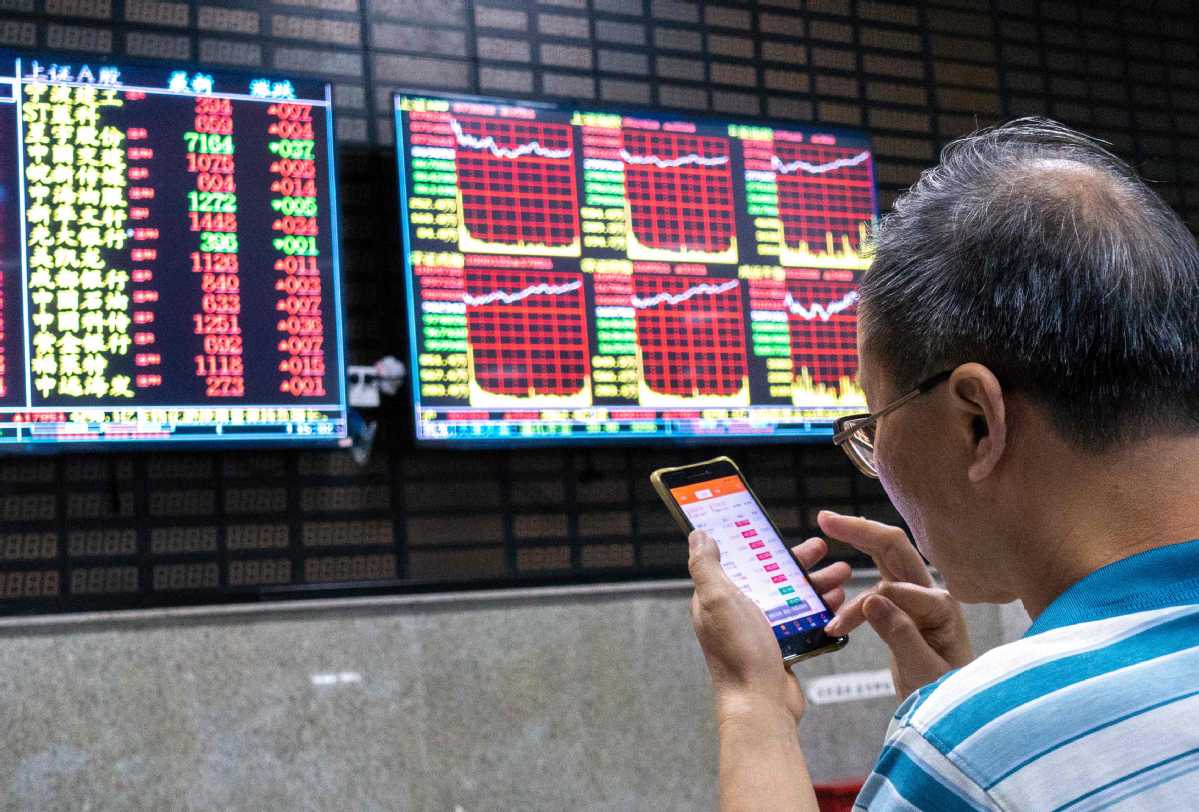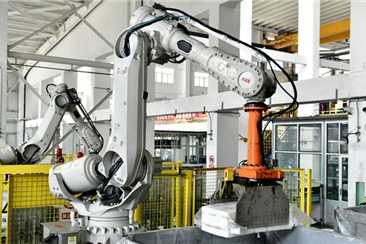A bullish view on CSI 300 is 5600 points by the end of this year


After the Chinese economy staged a better-than-expected recovery from the COVID-19 pandemic in the second quarter, whether a market-style shift from growth to value or growth to cyclical is warranted in China's A-share market has been much debated among investors.
Value stocks are those traded at a lower price relative to their fundamentals, while growth ones feature strong earnings growth prospects.
We think such a shift is happening to some degree, primarily among cyclicals and consumer discretionary ones that are poised to deliver stronger-than-expected revenue and earnings growth.
Mainland retail and institutional investors are the ultimate absolute return investors: their preference is to buy equities for growth, and buy bonds or wealth management products for stable returns. All else being equal, earnings-per-share growth is the ultimate driver of long-term share price return. Consistent growth over multiple years can make expensive stocks at today's valuations become undemanding or cheap several years down the road when such growth is delivered.
Related to the marginal shift in investment style and fundamentally driven by earnings growth outlook, shares of select industrial, materials and consumer discretionary sectors have risen strongly so far this year as they benefit from China's resilient infrastructure investment growth as well as a housing completion cycle that has boosted demand for shares of companies that produce related materials.
Along the same rationale, the ChiNext, the startup-heavy board in Shenzhen, has outrun the overall market since the third quarter of 2019. During 2019, earnings growth finally troughed and started to recover from a three-year decline over 2016-2018. Mutual fund holdings in ChiNext shares also troughed back then.
The buoyancy in market liquidity also helped as investors continued to view smaller market cap-sized names in the ChiNext as higher beta plays when liquidity is aplenty. Year-to-date, healthcare and tech were the major contributors to strong performance.
The ChiNext index surged by 74 percent since last July to Thursday's close at 2622.64 points. Over the same period, the benchmark CSI 300, heavy with real estate and financials, rose by only 21 percent.
The CSI 300 shares were priced at 13.91 times earnings as at the end of July, much lower than 75.2 of the ChiNext index at the same time and slightly above own median of 12.05 for the past decade, according to market tracker Wind Info.
Will the current investment-style shift from growth to select cyclicals and consumer discretionary shares spread to macro-sensitive sectors currently trading at depressed valuations, including banks, energy, infrastructure constructors, property, and telecom services?
That question is yet to be answered satisfactorily by market mavens.
On the one hand, it appears that industry-leading private-sector listed companies and industry-leading local government-owned enterprises continue to be preferred by investors as equity incentives are more prevalent, and this helps to align management incentives with public market minority shareholders.
With rising institutionalization of the A-share market, we expect investors' preference for quality growth names or industry leaders to continue, barring major misses of earnings forecasts.
On the other hand, even though leading central State-owned enterprises have large and recurring businesses, some investors remain concerned about the structural overhang of these respective industry leaders, fearing that they are "value traps".
For example, there is no market consensus that banks are done with margin contraction and earnings declines yet. Structurally, the Chinese financial sector needs capacity consolidation and cost rationalization to allow non-financials to invest and grow.
The property development industry is experiencing slowing growth due to demographics and policy restrictions. The leading energy names face price caps, and defensives such as telecom services have downward pricing guidance that suppresses their revenue growth and net profit margins.
Investors we spoke to are concerned about the divergence in price-to-earnings multiples between value and growth in A shares. All else being equal, investors would not miss the opportunity to buy stocks at cheaper valuation multiples.
Hence, the upside for the value sectors is there, provided there are structural catalysts. For now, these sectors are still underweight in our model portfolio, but they have become incrementally less underweight than before given their compelling valuations.
China's second-quarter GDP growth of 3.2 percent year-on-year was materially ahead of Bloomberg consensus estimate of 2.4 percent. This has evidenced a "V-shaped "recovery trajectory of the Chinese economy from the COVID-19 epidemic, characterized by a strong recovery after a sharp economic decline.
The rebound extended into July as the official Purchasing Managers'Index for the manufacturing sector rose to a four-month high of 51.1, indicating that the sector has accelerated its recovery from the COVID-19 epidemic.
With growth recovery materializing better than expected, we have advised adding sector and sub-sector leaders in construction machinery, building materials, gold/copper and energy, as well as renewables such as wind and solar.
Our model portfolio is currently overweight in consumption, internet, and cyclicals, and underweight in financials and defensives (I change this weighting every month or once in two months).
Within the macro-sensitive value sectors, we advise exposure to growth-oriented sub-sectors such as property management services names in the property space, fintech names within financials, renewable and gas distribution names within defensives.
The A-share market retreated recently after the rally in early July, when the CSI 300 rose by 16.5 percent from the beginning of the month to close at 4852.96 points on July 13. It ended at 4635.71 points on Thursday, 4.5 percent below the recent high on July 13.
Our base-case price targets for the CSI 300 for this year-end is 4900 points, and upside target is 5600 points, owing to favorable liquidity as well as better-than-expected earnings growth, particularly among the non-financials.
Our bullish stance on Chinese equities aside, we also note risk factors in the months ahead. COVID-19's spread globally remains elevated, while more possible flare-ups in US-China economic and trade tensions could still churn investor sentiment, despite that A-share investors have grown less sensitive to escalations in the trade row in the past 22 months.
If the risk of China-US tensions intensifying materializes, low beta quality growth names may outperform, including leaders in traditional industries with strong digital capabilities, quality premium products favored by the households, and the property completion cycle boosting demand for leading material names.
Another risk to look out for is the supply of equities in the months ahead as more shares come off restrictions on the STAR Market and registration-based IPOs kick off on the ChiNext.
We estimate the first round of registration-based ChiNext IPOs to total 30 billion yuan ($4.3 billion) and are set to debut this month or in September.
Fintech giant Ant Group announced in late July that it is seeking a $200 billion valuation in a dual listing in Shanghai and Hong Kong. We expect more companies, especially technology-related ones, to list while the iron is hot.
Wendy Liu is head of China Strategy at UBS Investment Bank.




































